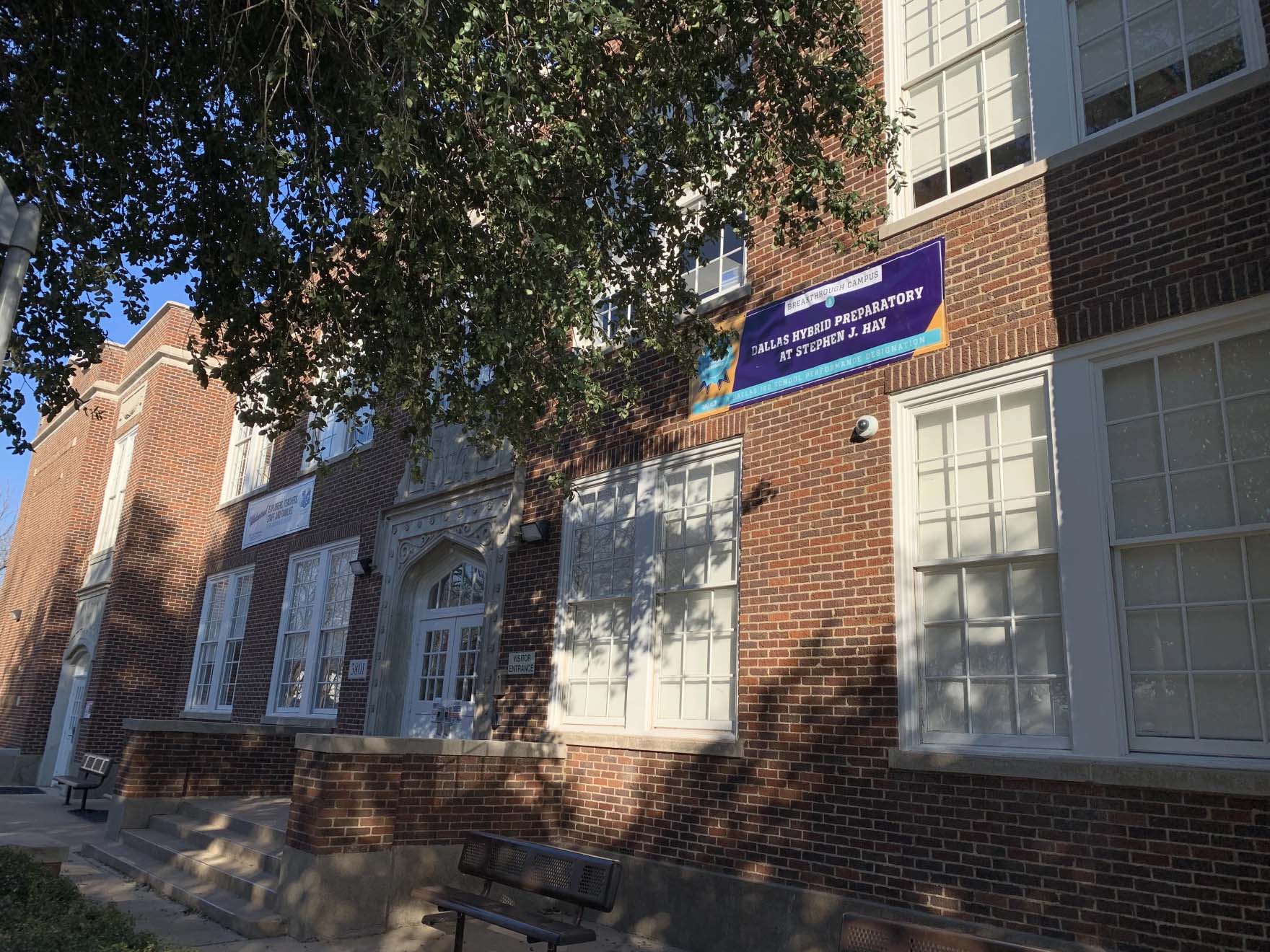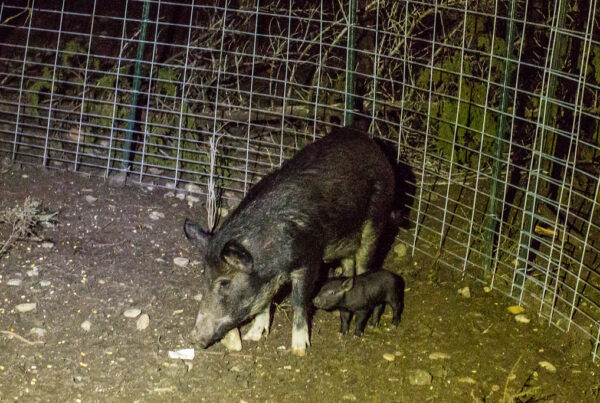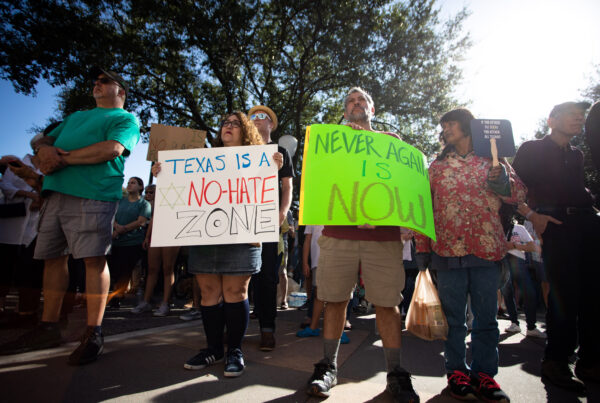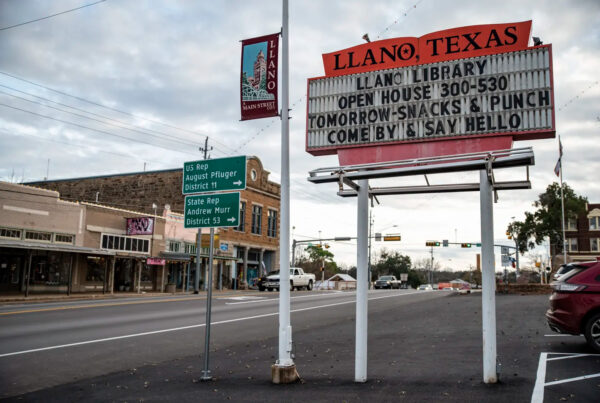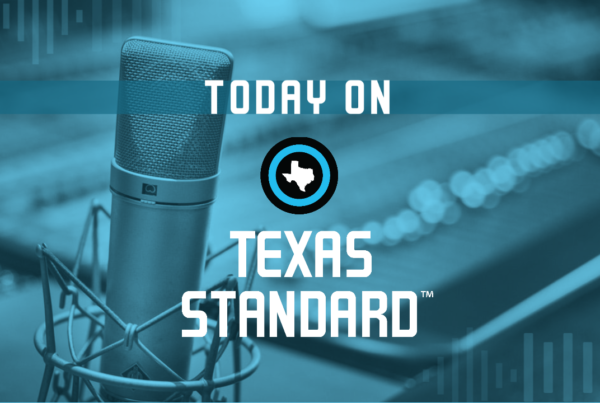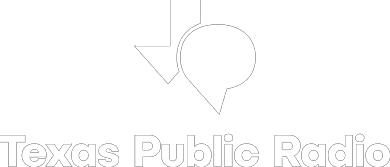From KERA News:
When COVID-19 forced Texas schools to close, education leaders say many students suffered academically and emotionally by staying home for so long. Now that campuses have reopened, massive — and pricey — efforts are under way to catch kids up.
But for some students and parents, online learning was an innovative and practical solution, proving there was demand for hybrid schools.
That’s where Dallas Hybrid Preparatory comes in.
“Right now there’s lots of people that are working half-time at home and half-time at their offices,” said Olga Romero, Hybrid Prep’s principal. “So we wanted to pretty much replicate that model because it’s the model of the future.”
Romero said that future arrived faster than planned: The pandemic showed such an option wasn’t just a luxury, Romero said. While the idea for Hybrid Prep was hatched before COVID-19, and the shutdowns delayed its official launch, it finally opened in the fall of 2021.
“It became a necessity, because a lot of our families did want to have that balance between having kids at home and having kids in their building,” she said.
Hybrid Prep opened its doors with just 68 students filling grades 4, 5 and 6. It’s designed for grades 3-8. The school is designed to teach kids at home three days a week, with two days in the building.
In the 2022 school year — Dallas Hybrid Prep’s first and only year so far — it was rated a “B” overall by the TEA, with A’s in student achievement and school progress, and C’s in closing the gaps, and culture and climate.
It earned distinctions in Language Arts, Science, and Postsecondary Readiness categories.
Data gathered on this new hybrid school is being collected for research by the Texas Commission on Virtual Education, established in 2021 after being authorized by the last Texas legislature.
For the school’s Parent Teacher Organization president, Kimberly Strange, Hybrid Prep looked like the right fit for her 5th grader.
“My youngest, she’s not very social,” said Strange. “So it was perfect because [she said] ‘I’m home with my mom three days a week, but then I get to see my friends Tuesdays, Thursdays. So that’s just enough for me.’ ”
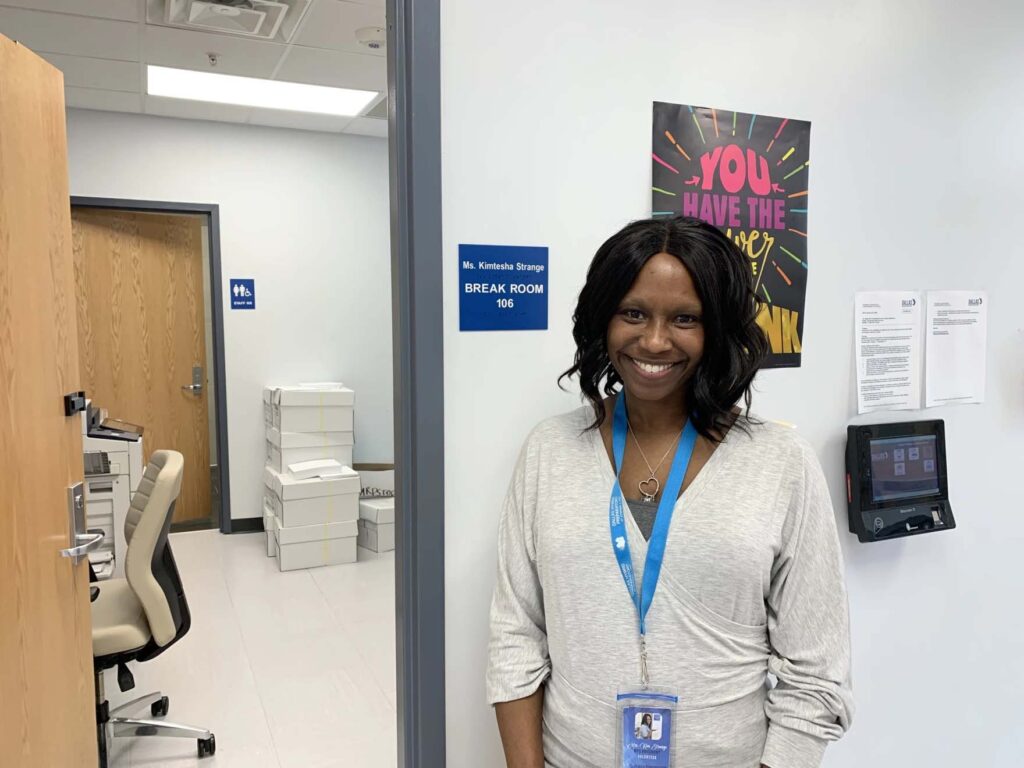
PTO president Kimberly Strange volunteers so much at her daughter’s school, her name’s been added to an available classroom near the school entrance. Strange and her daughters chose this Dallas ISD school and mom drives them here from their home in Crandall, 30 miles away.
Bill Zeeble / KERA News
Strange believes in the hybrid option so much, she drives her daughters every Tuesday and Thursday from home in Crandall — 30 miles away.
Her oldest daughter Lawren now attends as well, after 8th grade was added this year. The 13-year-old said she liked the hybrid model because it offered a new experience and provided a new sense of freedom.
“Before at my [old] school, it was like, it was OK, but I wasn’t learning as much as I’m learning here,” Lawren said.
Mom agrees. She said both daughters suffered academically when learning virtually during the shutdown, just like millions of students around the world. But she says they’ve caught up at Hybrid Prep.
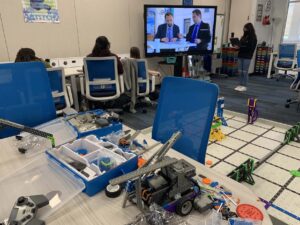
This is the technology class at Dallas Hybrd Prep. Students are giving a presentation on some computer hero they admire. One chose Grace Hopper, another Bill Gates.
Bill Zeeble / KERA News
Principal Romero readily acknowledged Hybrid Prep isn’t for everyone, like those who thrive around lots of kids, or those who feel safest at school versus at home.
On the other hand, she says for students who feel anxious around people — including some on the autism spectrum — two days a week in class with fellow students may be enough. The hybrid model can also work for students able to research subjects independently and, once shown how to dig into topics, are driven by wanting to know more.
For parents like Justin Jones, the school offered the perfect combination of virtual and face-to-face learning. Since the pandemic, Jones said his job’s kept him mostly at home.
“You get the best of both worlds,” he said, “because you do get the in-person interaction, because it’s not completely hybrid or completely virtual. They’ve definitely created an atmosphere — or platform, if you will — that to me, works.”


